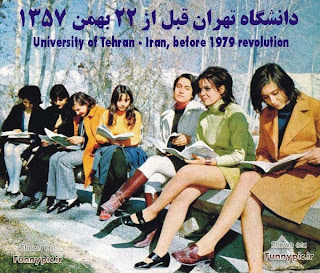When looking up
Mitra or
Mithra, you will come upon the following definition, "In Zoroastrianism, Mithra is a protector of human welfare and a member of the trinity of
ahuras, protectors of
asha. He appears in the younger Yashts of the Avesta, where he is said "to be as worthy of sacrifice and as worthy of prayer as
Ahura Mazda" (Campbell 257)." He is later associated with the Sun and identified as the progeny of the feminine yazata Anahita "the wide-expanding and health-giving". The modern Persian equivalent for Mithra is
Mehr.
I recently came upon an article on Iranian.com (
http://www.iranian.com/Features/Dec97/Mitra/index.html) that I will quote below. It essentially proposes that the roots of modern day Christmas come from the Persian religion of Mithraism, and that even the decoration of the tree has its roots as far back as 5,000 B.C. It is closely associated with Yalda, the longest night of the year, during which Persians celebrate the conquest of Mehr (represented as Mitra) over darkness, as evidenced by the progressive lengthening of the days beyond then. It is noteworthy to say that Yalda, a Syriac word (ܝܠܕܐ) was imported into the Persian language by the Syriac Christians and means birth (tavalod and meelaad are from the same origin), and it generally refers to Christmas in the Syriac language.
Here is an excerpt from the article:
"Iranians celebrated Yalda and decorated an evergreen tree, the sarve. The sarve (Rocket Juniper - what a name! - also known as the cypress tree), being straight, upright and resistant to the cold weather (symbol of hardship) was thought appropriate, to represent Mitra. The younger girls had their "wishes" symbolically wrapped in colorful silk cloth and hung them on the tree with lots of presents for Mitra, to answer their prayers.
As you may know, Pope Leo in the fourth century, after almost destroying the temple of Mitra (A.D. 376), in his campaign against Mitraism proclaimed the 25th of December as Christ's birthday instead of January 6th, a date, by the way, that is still celebrated by the Eastern Orthodox Church, as well as the Armenians.
Again in the same tradition, Luther, the famous German reformer, in the 18th century (1756, I believe), having learned of the Yalda sarve tree, introduced the Christmas tree to the Germans. As sarves were not much known in Germany, the chosen tree became a genus of pine which was abundant in Europe."
So, next time you see a "Christmas tree" in an iranian home, don't be so quick to jump to any conclusions... May be they are simply celebrating the birth of Mitra!
















































